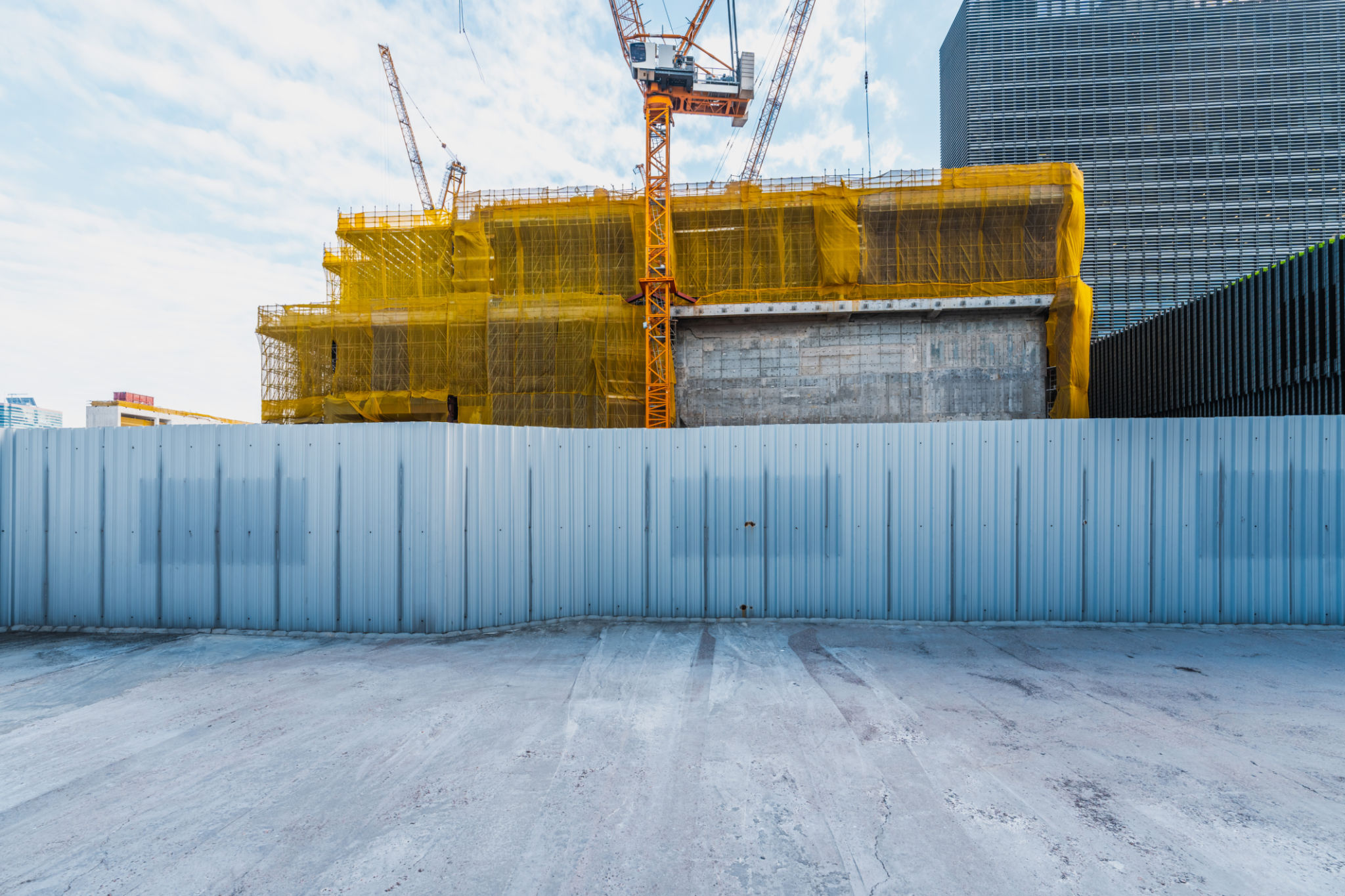The Role of Weather in Construction Planning in Canyon, TX
Understanding the Impact of Weather on Construction
Construction projects are highly sensitive to weather conditions, especially in places like Canyon, TX, where the climate can vary significantly throughout the year. The weather affects every phase of construction, from initial planning to completion. Understanding weather patterns is crucial for minimizing delays and ensuring safety.
In Canyon, TX, the weather can range from hot and dry summers to cold and occasionally snowy winters. This variability means that construction planning must be flexible and well-informed. Knowing what to expect from the weather allows construction managers to allocate resources efficiently and keep projects on track.

The Challenges of Extreme Weather
Extreme weather events, such as thunderstorms or high winds, can pose significant risks to construction sites. These conditions can lead to equipment damage, delayed timelines, and increased safety hazards for workers. For instance, high winds may cause scaffolding to become unstable, while heavy rains can lead to flooding and erosion around the site.
Construction teams in Canyon must be prepared to respond quickly to such events. This requires not only having contingency plans in place but also ensuring that all workers are trained to deal with unexpected weather-related challenges.
Strategies for Weather-Responsive Planning
To effectively manage the impact of weather on construction projects in Canyon, TX, several strategies can be employed:
- Weather Forecasting: Regularly monitor weather forecasts to anticipate changes and adjust schedules accordingly.
- Flexible Scheduling: Create flexible timelines that allow for adjustments in case of weather-related delays.
- Protective Measures: Implement protective measures such as tarps and temporary shelters to safeguard materials and equipment.

The Role of Technology in Weather Planning
Advancements in technology have made it easier to integrate weather data into construction planning. Tools like weather apps, real-time monitoring systems, and predictive analytics can provide valuable insights, helping managers make informed decisions. These technologies allow for more precise scheduling and risk management.
For example, drones equipped with weather sensors can survey construction sites, providing data on wind speeds, temperature fluctuations, and other critical factors. This information helps teams prepare better and respond more swiftly to any weather-related issues.
Seasonal Considerations and Best Practices
Canyon's climate requires construction managers to be particularly mindful of seasonal variations. During summer, the focus might be on managing heat exposure and ensuring adequate hydration for workers. In contrast, winter may require strategies to deal with potential snow or ice.

Implementing best practices tailored to each season can significantly reduce risks and improve efficiency. These include adjusting work hours during extreme temperatures and using specialized equipment designed to perform well under specific weather conditions.
Conclusion: Embracing Weather Challenges
In conclusion, the role of weather in construction planning is undeniably significant, especially in areas like Canyon, TX. By embracing these challenges through strategic planning, leveraging technology, and practicing flexibility, construction projects can run smoothly despite the unpredictability of Mother Nature.
Ultimately, successful construction planning hinges on understanding and adapting to the environment—a skill that is as crucial as it is complex in the world of construction.
